Latest NRAO News
News is managed by NRAO News & Public Information. Questions about News? Have a story to share? Want to interview a scientist or create new media about our telescopes?
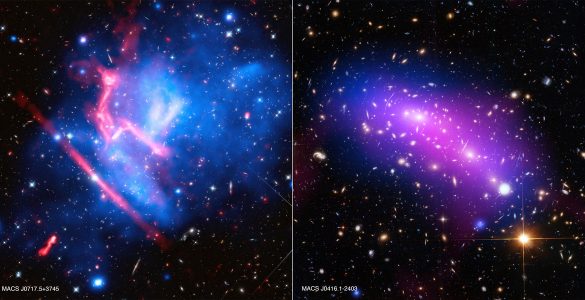
Astronomers have used some of the world’s most powerful telescopes to learn new details about collisions between massive clusters of galaxies.
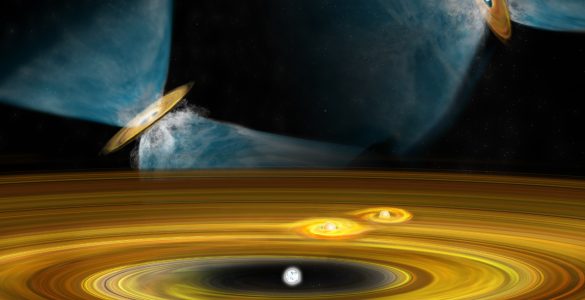
A detailed study of young stars and their surroundings has produced dramatic new evidence about how multiple-star systems form and how the dusty disks that are the raw material for planets grow around young stars.
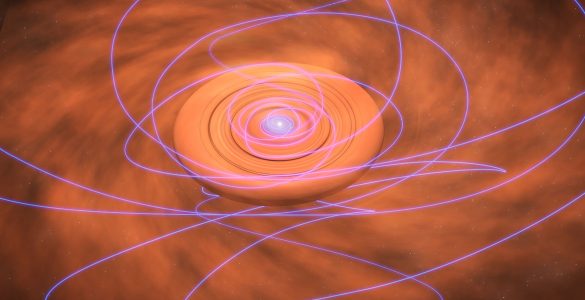
Using new images that show unprecedented detail, scientists have found that material rotating around a very young protostar probably has dragged in and twisted magnetic fields from the larger area surrounding the star.
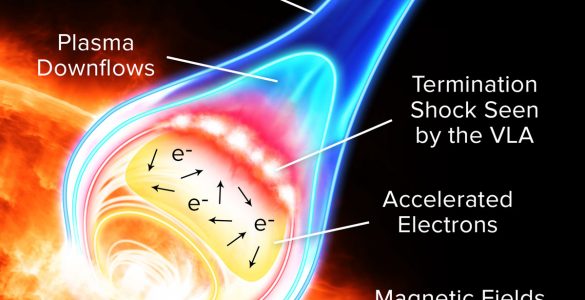
Astronomers have made a significant step toward confirming a proposed explanation for how solar flares accelerate charged particles to speeds nearly that of light.
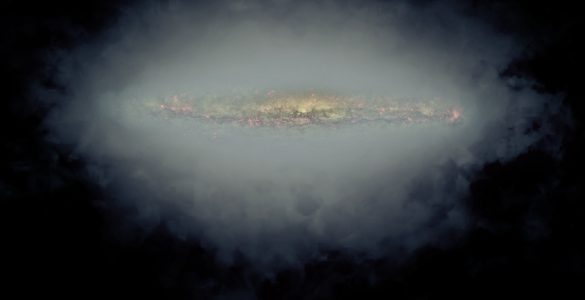
A study of spiral galaxies seen edge-on has revealed that “halos” of cosmic rays and magnetic fields above and below the galaxies’ disks are much more common than previously thought.
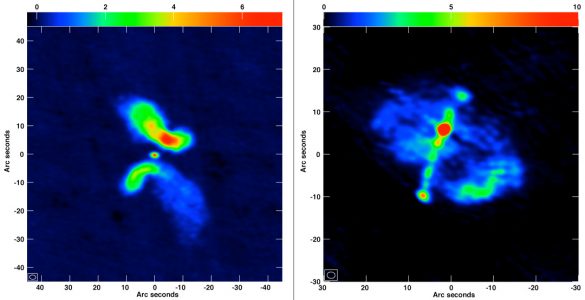
There may be fewer pairs of supermassive black holes orbiting each other at the cores of giant galaxies than previously thought.
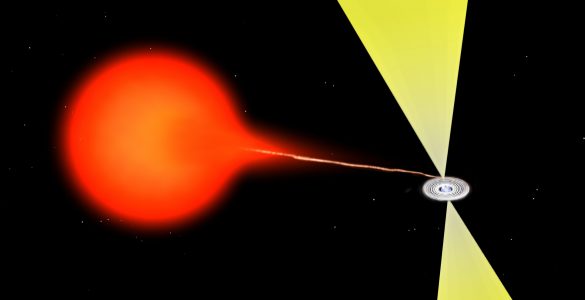
Some neutron stars may rival black holes in their ability to accelerate powerful jets of material to nearly the speed of light.
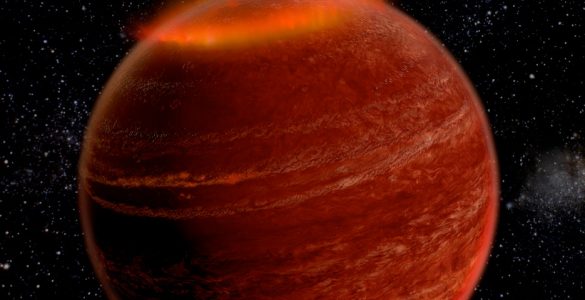
Astronomers have discovered the first aurora ever seen in an object beyond our Solar System. The aurora, similar to the famous “Northern Lights” on Earth, is 10,000 times more powerful than any previously seen.
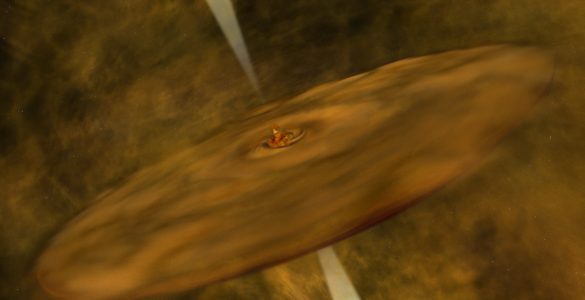
Astronomers using the Very Large Array have discovered jets of material ejected by still-forming young brown dwarfs.
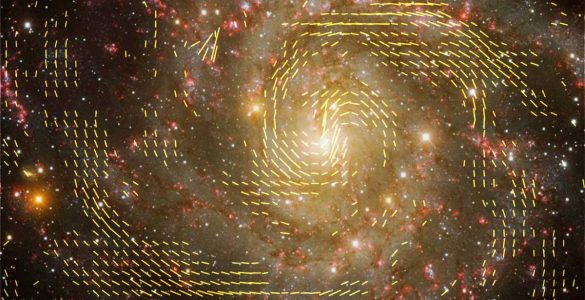
Astronomers making a detailed, multi-telescope study of a nearby galaxy have discovered a magnetic field coiled around the galaxy’s main spiral arm.





